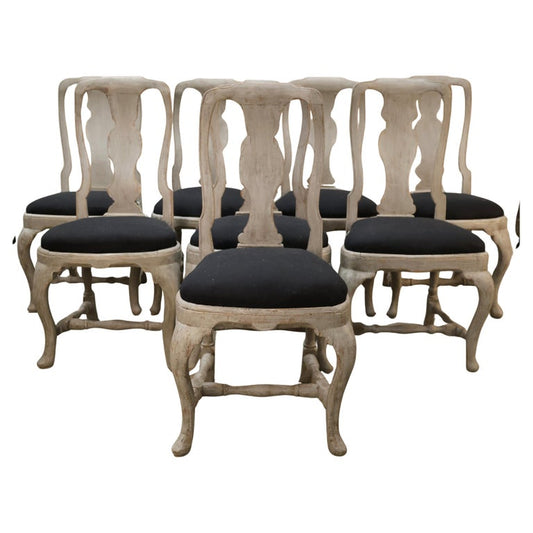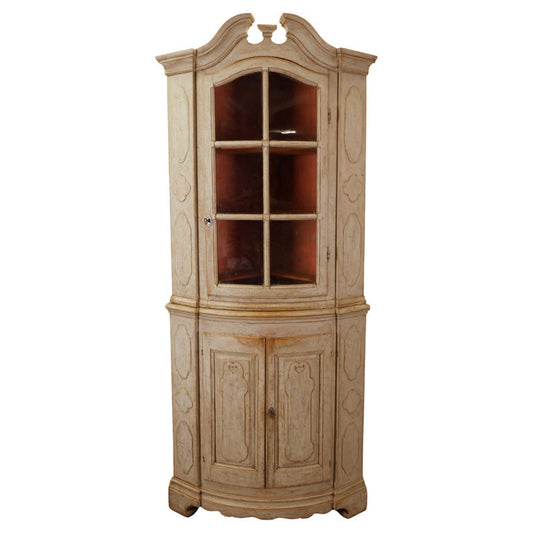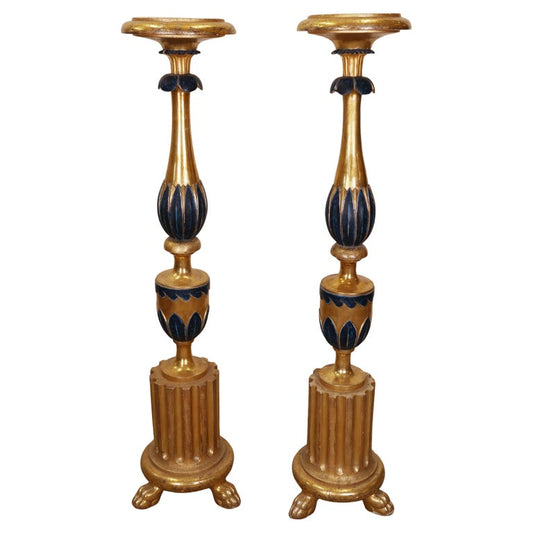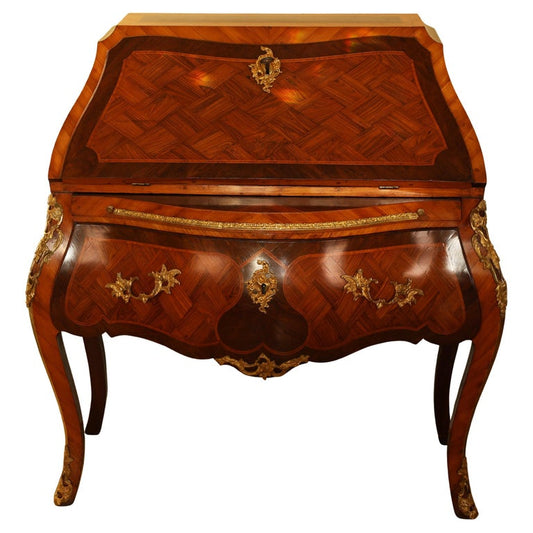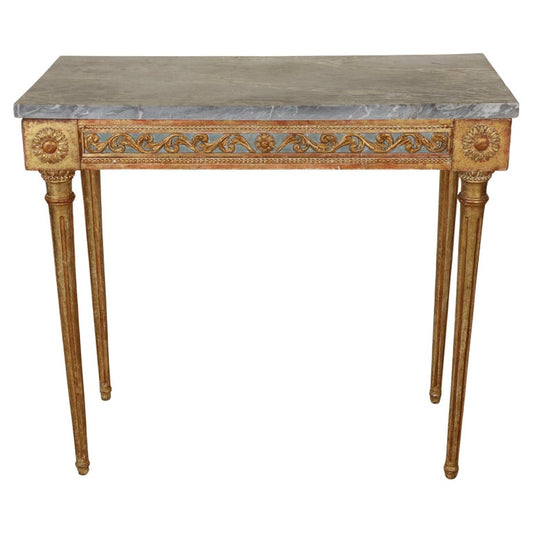Swedish Antique Furniture
Swedish Antique Furniture
Swedish antique furniture, particularly from the 18th and early 19th centuries, reflects a unique synthesis of northern restraint and European sophistication. While influenced by the grandeur of French design, it carries its own language—calmer, cooler, and anchored in the light of the north. This page explores what makes Swedish antique furniture, especially Gustavian pieces, so distinct and desirable among collectors, interior designers, and connoisseurs of timeless form.
A Heritage Rooted in Royal Aspiration
The Gustavian style, named after King Gustav III of Sweden, emerged in the late 1700s as a Scandinavian interpretation of French Neoclassicism. After his travels to the court of Louis XVI at Versailles, Gustav sought to bring the elegance of the French decorative arts home—tempered by the minimalism, light, and humility of Swedish tradition.
Where Louis XVI furniture emphasizes formality and opulence, Gustavian furniture translates those ideals into something quieter: slender fluted legs, chalk-painted surfaces, symmetrical frames, and clean lines that feel more architectural than ornamental.
This is not mere imitation. Swedish craftsmen, many of them trained in Stockholm’s influential guilds, created a distinct style defined by its measured simplicity and geometric discipline—what some collectors now call “Nordic Neoclassicism.”
Materials That Speak of Place
Swedish antique furniture speaks the language of its land. It is made from native woods—pine, birch, and alder—chosen not for their prestige, but for their availability and workability. These softwoods were transformed through masterful construction and surface treatment, often painted in whites, greys, soft blues, and muted greens that echo the landscape and light of Sweden itself.
Paint served both aesthetic and practical purposes: it unified modest materials into a refined whole and created surfaces that aged beautifully over time. The resulting patina—often dry, chalky, or lightly distressed—has become one of the hallmarks of authentic Gustavian furniture.
Gilt accents, used sparingly, punctuate these pieces with moments of sun-like brilliance, most commonly seen in mirrors, consoles, and frames. Unlike the French Rococo, where gilding dominates, Swedish furniture uses gold as a whisper, not a declaration.
Architectural Proportion, Not Decoration
What distinguishes Swedish antique furniture from its European contemporaries is restraint. Baroque exuberance and Rococo flair give way to clarity of proportion, the echo of classic temples and Palladian balance.
Whether it’s a Gustavian sideboard, a neoclassical bench, or a trumeau mirror, the geometry always governs the surface. Ornament is present, but subservient to structure. The result is furniture that feels anchored and elevated—objects that create space rather than consume it.
This makes Swedish antiques highly desirable for modern interiors. They can live in silence, reflect light, and give rooms a sense of breath and stillness. They are as relevant today as they were in manor houses outside Uppsala or courtly salons in Stockholm.
Hallmarks of Authentic Swedish Antiques
For those seeking true 18th to early 19th century Swedish furniture—particularly Gustavian pieces—there are distinct signs of authenticity:
- Look for mortise and tenon joints, wooden pegs, hand-planed backs, and tool marks. Machine uniformity is a red flag.
- Original painted surfaces often show dry oxidation, areas of wear on high points, and subtle tonality shifts. Later overpainting or stripping loses this entirely.
- Proportions are architectural—measured, linear, often with classical motifs like dentil moldings, pilasters, or laurel wreaths.
- Local woods such as pine and birch are predominant. Veneers are rare, except on high-end Stockholm work.
- Gilt details were typically applied only to ceremonial or mirror frames, not large surfaces.
Why Collect Swedish Antique Furniture Today?
In a world of visual noise and disposable decor, Swedish antiques offer something increasingly rare: calm permanence. They were built slowly, meant to age gracefully, and have survived centuries not because they were delicate, but because they were well-balanced.
Today, they serve not just as furniture, but as anchors for interiors—whether that’s a Gustavian chair bringing poise to a modern bedroom, or a neoclassical chest offering gravity in an entryway.
Collectors value Swedish furniture for its timeless versatility, but also for its spiritual resonance. These are not loud pieces. They are contemplative ones.
Shop Original Swedish Antiques
At Napoleon Antique & Art, we curate a selection of Swedish antique furniture from the 1700s to early 1800s, focusing on pieces with original surface, correct proportion, and enduring presence. Each item is chosen not just for its rarity, but for its energy—its ability to transform a space through restraint and resonance.
Browse our collection of Painted antique furniture, Gustavian chairs, and Rococo mirrors. Let them speak for themselves. These are not decorations—they are invitations to inhabit history, with clarity and light.

